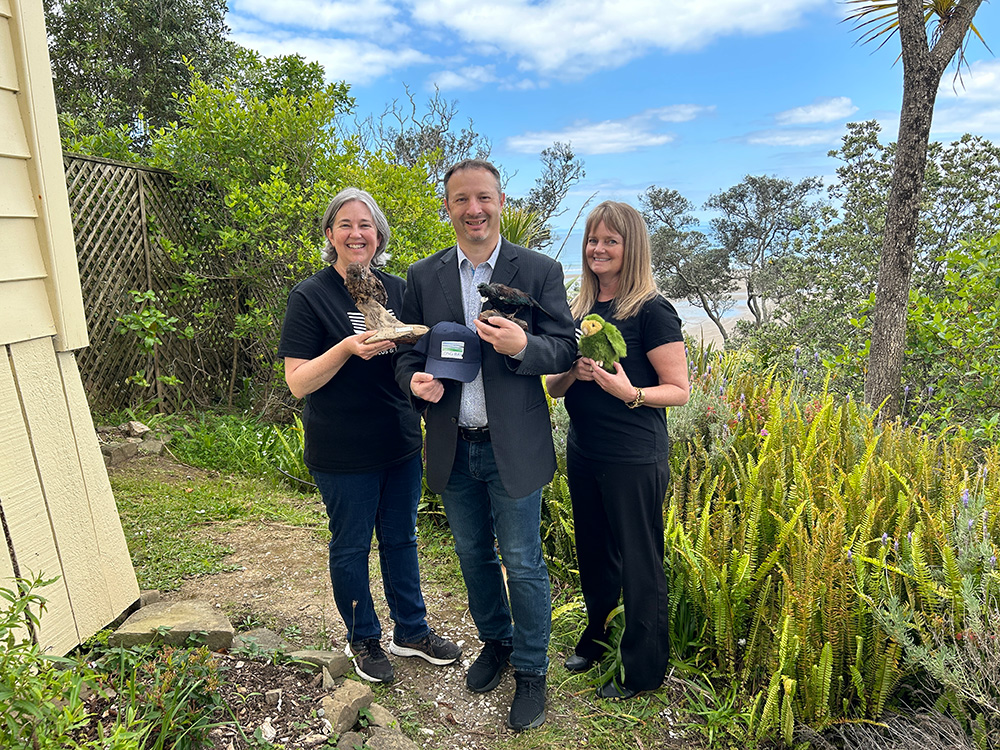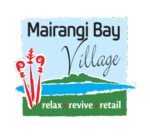‘Tiakina nga manu, ka ora te ngahere. Ka ora te ngahere, ka ora nga manu’
Aotearoa New Zealand is blessed with some beautiful and unique flora and fauna, for which we all have a shared responsibility of guardianship.

The Hauraki Gulf is incredibly significant for seabirds. For example:
- All the world’s Buller’s shearwaters breed on Poor Knights Islands.
- All the world’s black petrels breed on Great and Little Barrier islands.
- More than 20 species of seabirds breed in the wider Hauraki Gulf, including species endemic to northern New Zealand.
- About one-third of the world’s 350 seabird species have been seen in north New Zealand waters.
- Almost all (approx. 98 per cent) of Cook’s petrels breed on Little Barrier Island.
Indeed, in its State of our Seabirds 2021 report, the Hauraki Gulf Forum describes the area as “a place of striking seabird diversity”.
With its combination of multiple predator-free breeding sites on islands, and productive waters close to seabird colonies, the Hauraki Gulf region is a globally significant seabird biodiversity hotspot. This is remarkable given its proximity to the country’s largest city.
Unfortunately, the report highlights that far too many of our seabirds remain under threat, with the New Zealand fairy tern at dire risk of extinction. This sad situation affects us all, as the report explains:
One thing that is often underappreciated about our seabirds is their crucial importance to the overall health of our forests. Their nutrients power coastal vegetation and the near-shore marine environment, as we see around our least disturbed islands. Without them, that land/sea interface starts to break down. It is incumbent on all of us to do everything we can to ensure our seabirds have safe places to call home in the Marine Park and that they have plentiful feeding grounds.
One Torbay resident aiming to raise awareness and rally support for local conservation efforts is Keerti Siag. A talented photographer with a passion for wildlife, Keerti feels that her art is a way of celebrating the wonder of what we have on our doorstep. “For me, photography is almost like therapy for the soul. It makes my life more meaningful,” she says. “I love sharing images that showcase our beautiful landscapes. But it breaks my heart to see how ignorance of the natural world is causing harm to our beaches and bird life.”
The New Zealand dotterel/tūturiwhatu holds a special place in Keerti’s heart. These shy birds were once common and widespread, but now only about 2,500 remain, meaning they are actually more at risk than some species of kiwi. “One of the reasons dotterels are so vulnerable is because they nest in open sites, such as sand banks close to the beach. Often their nests are only just above the high tide mark and can be lost to storms or spring tides,” Keerti comments.
Predators, including rats and perhaps surprisingly, hedgehogs, are a problem, as well as human-introduced threats, such as careless feet when walking or running on the beach, and off-leash dogs. “The sad irony is that the eggs are so well camouflaged, they’re more at risk of disruption.”
Breeding season is August to February, and, if adult birds are scared away from a nest, eggs can overheat, and young chicks may die from lack of timely food.
Photos of dotterel eggs. One in folder, one to be lifted from PDF brochure (spot the egg). Caption:
Dotterel eggs are speckled and sandy-coloured, and can be easily mistaken for stones.
Visiting dotterel areas? Here’s how to help keep them safe.
The first and golden rule is ensuring that everyone in your group is aware that there may be dotterels nearby. The Department of Conservation (DOC) advises:
- Stay out of roped-off areas and follow the signs.
- Keep dogs and vehicles off beaches and sandspits.
- If you see a dotterel feigning injury (it may “drag” a wing as though broken), move away slowly and carefully, as this bird likely has a nest or chicks close by.
‘I’d like to do more to care for our local environment and wildlife. Where do I begin?’
If reading this article or looking at these beautiful photos has inspired you, why not volunteer for a local community group, such as:
Or find a local project through Predator Free NZ.
‘How do I encourage native birds into my garden?’
DOC and Auckland Council offer loads of tips to help your backyard bird spotting. Here are three pointers to get you started.
Get the menu right
Rather than bread or cake crumbs, put out sugar water as this helps to attract silvereyes, bellbirds, and tui. Use a shallow bowl, coconut husk, or nectar feeder and mix up ⅓ cup of sugar to one litre of water. Place this carefully out of predators’ reach.
Plant insect-friendly wildflowers
Look for the labelled seed packets. You’ll be helping to support biodiversity in your garden and providing the birds with nutritious food.
Provide fresh water
Birds need clean water to drink and wash in. Birdbaths don’t need to cost a fortune, and watching birds like fantails enjoying a good splash is quite delightful!






